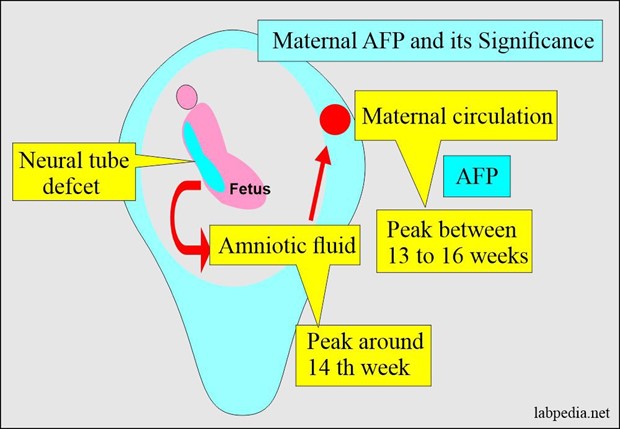A nurse is assisting with the care of a client who is in early labor with intact membranes and a temperature of 38.9°C (102°F).
After notifying the provider, which of the following actions should the nurse take?
Administer misoprostol vaginally.
Administer acetaminophen orally.
Prepare the client for placement of an intrauterine pressure catheter.
Recheck the client's temperature in 2 hr.
The Correct Answer is B
Acetaminophen can be used to reduce fever during pregnancy.
Choice A is incorrect because misoprostol is not used to treat fever during labor.
Choice C is incorrect because the placement of an intrauterine pressure catheter is not used to treat fever during labor.
Choice D is incorrect because simply rechecking the client’s temperature in 2 hours does not address the issue of the client’s fever.
Nursing Test Bank
Naxlex Comprehensive Predictor Exams
Related Questions
Correct Answer is A
Explanation
Skeletal traction is a type of traction that uses pins, wires, or tongs to apply a pulling force directly to the bone.
This can help align and stabilize a fracture while it heals.

Choice B is not the best answer because muscle traction is not a type of traction.
Choice C is not the best answer because joint traction is not a type of traction.
Choice D is not the best answer because skin traction uses adhesive strips or elastic bandages to apply a pulling force to the skin, rather than directly to the bone.
Correct Answer is C
Explanation
Elevated levels of MSAFP may indicate that the baby is at risk of a neural tube defect, like spina bifida.
However, further testing is required to confirm the results and determine the cause of the elevated levels.

Choice A is incorrect because low levels of MSAFP may indicate a risk for Down syndrome, not elevated levels.
Choice B is incorrect because while elevated levels of MSAFP may indicate a risk for neural tube defects, further testing is required to confirm this.
Choice D is incorrect because while repeating the test may be necessary, further testing beyond just repeating the MSAFP screening may also be required.
Whether you are a student looking to ace your exams or a practicing nurse seeking to enhance your expertise , our nursing education contents will empower you with the confidence and competence to make a difference in the lives of patients and become a respected leader in the healthcare field.
Visit Naxlex, invest in your future and unlock endless possibilities with our unparalleled nursing education contents today
Report Wrong Answer on the Current Question
Do you disagree with the answer? If yes, what is your expected answer? Explain.
Kindly be descriptive with the issue you are facing.
